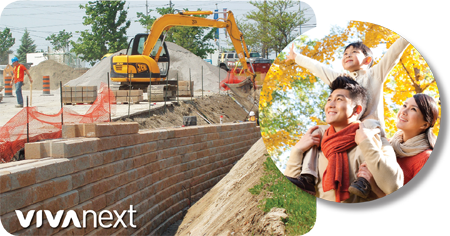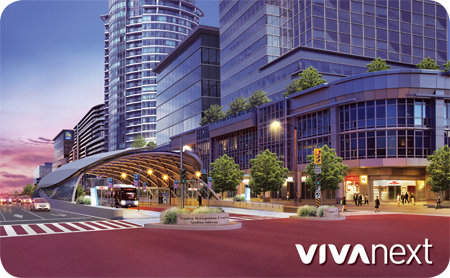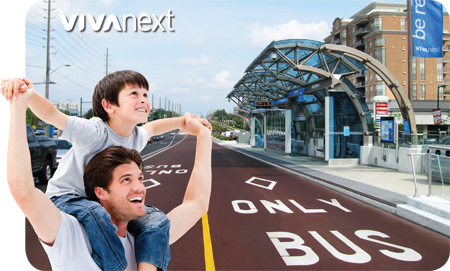As you know, crews have been working hard on Davis Drive in Newmarket doing preliminary preparations and constructing a number of retaining walls. With 16 already done and 1 remaining retaining wall construction is almost completed. Here’s why we need to build all these retaining walls.
If you’re at all familiar with Davis Drive in Newmarket, you’ll know how hilly the surrounding area is –the road itself is a series of hills, and many of the properties on both sides are either above or below the level of the road.
In general, retaining walls are used when one stretch of ground is at a different height than a neighbouring stretch of ground, and the slope between them is too steep to be stable on its own. A retaining wall is used to hold the slope in place, and support the higher level of ground. Grade differences can be managed without retaining walls when the difference is slight, or where there’s enough space to make the slope very gradual. But because we’re widening Davis Drive, we’re reducing the space left over at the sides of the road, resulting in more pronounced grade differences between the road and some of the neighbouring properties and that’s why more retaining walls are needed.
The new walls will be built at the back of the boulevard where it meets private property, and where the grade at the back of the boulevard is different from the neighbouring grade. Where the neighbouring property is higher, the retaining wall will extend upwards from the boulevard; where the neighbouring property is lower, the wall will extend down from the boulevard to the property behind.
The safety and design criteria for these walls are specific about what type of wall material is used for certain heights. For walls that are less than 1.2 metres high, we are using pre-cast blocks that lock together like building blocks, set on a gravel base. For taller walls, we’ll be using concrete that is poured in place, using special forms that mold the concrete and provide an architectural design. To ensure safety, we’ll be adding an attractive aluminum handrail on the top of the retaining walls where it’s required.
These retaining walls will add to the more urbanized, stylish appearance of the future Davis Drive, and will help set the stage for the transformation that’s coming to this part of Newmarket.










